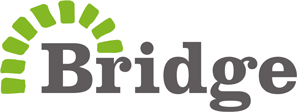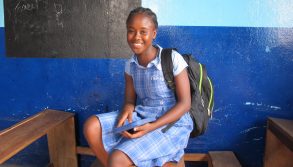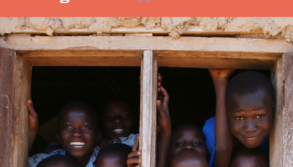With 12 years until SDG4 in 2030 and 12 years of education a priority, we need to get everyone into school NOW
20 April 2018
International development is famously political, drawing criticism and praise in equal measure. While for a long time the focus was on spending targets the conversation is now moving to be one of outcomes. The question being is asked is not one of how much is being spent but how it is being spent and how can we ensure that that spending is effective and accountable.
How can we measure and ensure the greatest impact?
Logic dictates that we should focus limited resources on solving issues that have the greatest impact or multiplier effect. Education — Sustainable Development Goal 4 (SDG4) — has the potential to reduce, or even eradicate issues like poverty, inequality of opportunity, and conflict to name just a few. That is why education is one of the greatest catalysts for economic development, sustainability and independence.
Speaking to The Guardian in January, UK Foreign Secretary, Boris Johnson called 12 years of good-quality education “the Swiss army knife to tackle a range of problems,” arguing it should be a foreign policy imperative for developed nations to support a developing nation’s education.
Looking ahead 12 years to when we hope SDG4 will be realised in 2030 — to achieve this — we need to start right now.
Does more money mean more learning?
Data released in September 2017 by the UNESCO Institute for Statistics (UIS) shows that 617 million children and adolescents worldwide are not reaching minimum proficiency levels in reading and mathematics. Further, a considerable number of those who are in school are not learning.
Last year the UN Educational Scientific and Cultural Organisation (UNESCO) released their 2017 Global Education Monitoring Report. They estimate that an additional $39 billion each year would improve the quality of the world’s schools and provide for the 264 million children who are currently out of school. However, is that too simplistic a view? Is it simply the case that more investment will enable the delivery of quality education for all or would innovative approaches to delivery be more impactful? Increases in donor investment are rightly scrutinised however, the relationship between more money and more learning is not linear. Whereas, the relationship between choice and quality often is.
Access alone is not enough, globally 200 million young people leave school without the skills they need to thrive plus an estimated 775 million adults – 64 percent of whom are women – still lack the most basic reading and writing skills.
The end goal therefore, is not just to get every child access to teaching, it is to ensure that they are really learning. UNESCO dubbed this issue the “Global Learning Crisis”. This is really at the heart of the challenge, ensuring that the focus is not on access but outcomes. In many countries creating a delivery framework that can evidence outcomes is a departure from the traditional lens through which development was viewed. As such, it is necessary to utilise the differing skill sets and experience of all actors involved in education
How can the private sector complement the public sector to meet SDG4: quality education for all by 2030?
Social enterprises like Bridge have a results focused approach because they are accountable to their customers – parents and children. They are held accountable in a way that the public system simply isn’t; paying customers vote with their feet if they aren’t happy with the service being delivered and, in the case of education, the quality of education being provided.
This prerequisite for accountability incentivises the development of cutting edge pedagogy and the delivery of learning outcomes, making it easier to make and measure progress toward SDG4. Penny Mordaunt, the UK’s Secretary of State for International Development gave a speech in April outlining; “we need to work much more strategically with global business […] we need to create more partnerships. And we need to match the nimbleness and the flexibility of the private and the tech sectors and small organisations.”
Using partnership mechanisms to deliver SDG4 will no doubt enable innovative approaches to be brought to the sector; and allow a reimagining of the measurements that determine success. The number of children in a classroom – access – is no longer a singularly viable metric for determining the effectiveness education systems; public or private. Equally, it is no longer enough to simply increase spending without re-framing the outcomes that ensure spending is accountable. The time for simply putting children in classrooms has passed, it is essential that they are meaningfully learning.
We can conclude with the words of the Senior Director and Head of the Global Practice of Education at The World Bank, Dr Jaime Saavedra who said recently: “each year that action is not taken is another year out of a child’s life.”









